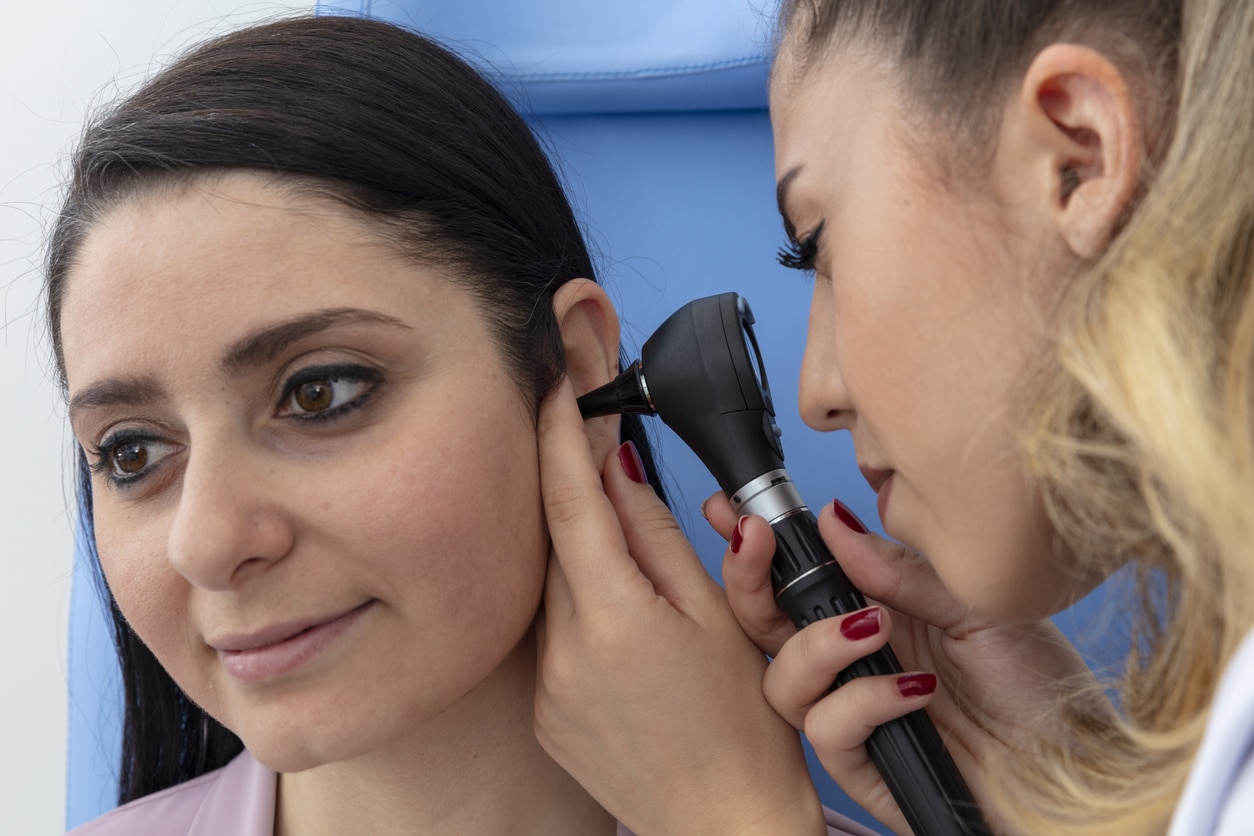Tympanosclerosis is a condition where scarring develops on the eardrum due to calcium deposits, causing it to thicken or harden. While it often goes unnoticed because symptoms are mild or absent, severe scarring can lead to hearing loss. Let’s explore what causes tympanosclerosis and the treatment options available.
What Causes Tympanosclerosis?

The exact cause of tympanosclerosis remains unclear, but the leading theory suggests it stems from an abnormal healing response following ear damage. A few things that may damage the ear and lead to tympanosclerosis include an ear infection, glue ear, cholesteatoma (an abnormal collection of skin cells in the ear), ear surgery and a ruptured or torn eardrum.
Can I Prevent Tympanosclerosis?
Because tympanosclerosis has so many possible causes, you can’t prevent it completely. The best way to reduce your risk is to practice good ear care, including treating ear infections, avoiding cotton swabs and wearing earplugs while swimming or attending a concert at Swing Station. By minimizing your risk of middle ear damage, you help prevent healing-related scarring.
When Should I Worry?
If your tympanosclerosis doesn’t cause symptoms, it’s likely you won’t even know it’s there until you get an ear checkup. You should contact your ENT provider if you’re experiencing prolonged ear pain or muffled hearing.
What Are My Treatment Options?
If your tympanosclerosis doesn’t cause pain or hearing loss, it likely doesn’t require treatment. If you do have hearing loss, however, your ENT specialist may recommend one of two options:
- Surgery. Your ENT specialist might suggest a tympanoplasty to repair your eardrum and any damaged bones in the middle ear. During this procedure, the surgeon removes scarred tissue from the middle ear and uses a graft to mend any tears in the eardrum. You should recover from tympanosclerosis surgery in one to two weeks.
- Hearing aids. Surgery can’t always restore hearing fully. In these cases, hearing aids can help minimize the impact of the resulting hearing loss.
The first step towards managing tympanosclerosis-related hearing loss and ear pain is to make an appointment with one of our ENT specialists. We can perform an ear exam and hearing test to find the right treatment. Contact Alpine Ear Nose & Throat PC today to schedule your appointment.